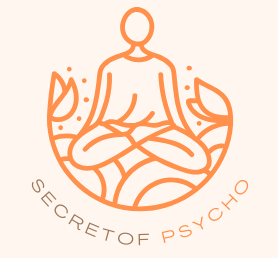I. Introduction
Art has been a timeless avenue for human expression, transcending cultural boundaries and offering a window into the human psyche. When exploring the intersection of psychology and art, the name Carl Jung prominently emerges. Renowned for his contributions to analytical psychology, Carl Jung’s perspectives on art provide a unique lens through which we can unravel the mysteries of the unconscious mind.
II. Understanding Jungian Psychology
Carl Jung’s psychological theories delve into the intricacies of the human mind, emphasizing concepts such as the collective unconscious and archetypes. These foundational principles form the basis for understanding Jung’s profound insights into the world of art.
III. Carl Jung’s Perspective on Art
According to Jung, art is not merely a product of conscious thought; it is a profound manifestation of the unconscious. Exploring the symbolism within artistic expressions, Jungian analysis unveils layers of meaning and connects the artist to the universal human experience. Moreover, Jung believed that engaging with art could serve as a therapeutic tool, facilitating self-discovery and emotional healing.
IV. The Creative Process According to Jung
Jungian psychology illuminates the intricate dance between conscious and unconscious elements in the creative process. Artists, Jung asserted, undergo individuation – a process of self-discovery and integration through their creative endeavors. This transformative power, he believed, not only impacts the artist but also resonates with those who engage with the artwork.
V. Examples of Art Through a Jungian Lens
Applying Jungian concepts to famous artworks unveils hidden meanings and archetypal symbols. Case studies of artists who consciously or unconsciously incorporated Jungian ideas into their works further illustrate the enduring influence of analytical psychology on the art world.
VI. Applying Jungian Principles to Art Appreciation
For art enthusiasts, understanding Jungian concepts enhances the appreciation of artwork. Recognizing the personal responses to art through a Jungian lens provides a deeper connection to the emotional and psychological dimensions of artistic expressions.
VII. Challenges and Criticisms of Jungian Art Analysis
While Jung’s theories have left an indelible mark, they are not without controversies. Critics question the validity of interpreting art through a psychological framework, sparking debates about the subjective nature of such analyses.
VIII. Contemporary Relevance of Jungian Ideas in Art
Jung’s influence extends beyond his time, shaping modern psychotherapy and art therapy practices. His ideas continue to inspire therapeutic approaches that bridge the gap between psychology and artistic expression.
IX. Integrating Jungian Concepts into Art Education
Art educators can benefit from incorporating Jungian principles into their teachings. By encouraging students to explore their unconscious minds through art, educators foster creativity and self-discovery.
X. Exploring Jungian Art Therapy
Jungian art therapy stands as a testament to the practical application of analytical psychology. Therapists guide individuals through a process that utilizes artistic expression to unlock and address deep-seated emotions and conflicts.
XI. Critically Evaluating Jung’s Legacy in Art
As Jung’s ideas persist in shaping the art world, ongoing debates surround the legitimacy of psychological analyses in artistic interpretations. Evaluating Jung’s legacy prompts us to reflect on the enduring impact and potential limitations of his theories.
XII. Conclusion
In conclusion, Carl Jung on art profound insights into art offer a rich tapestry of exploration into the depths of the unconscious. From understanding the symbolism in artworks to applying Jungian principles in therapeutic settings, his legacy continues to inspire artists, psychologists, and art enthusiasts alike. Embracing Jung’s perspectives may unlock new dimensions of creativity and self-discovery in our engagement with art.

